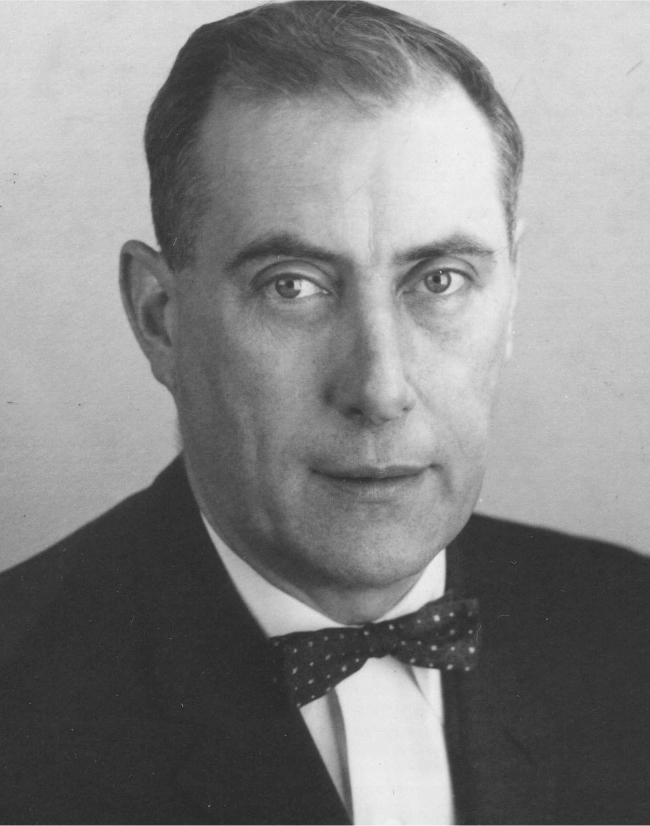William George Fastie
DOI: 10.1063/1.1381116
William George Fastie, a preeminent optical physicist and spectroscopist who helped start the Johns Hopkins University space program in the late 1950s, died of pneumonia on 14 July 2000 in Baltimore.
Born in Baltimore on 6 December 1916, Fastie grew up during the Depression. After graduating from high school with what he called an “undistinguished scholastic record,” he worked at a grocery store to help support his family. From the time he was a teenager, he displayed a flair for physics. He attended the Johns Hopkins University from 1934 through 1941, first as a student in the evening college and later as a graduate student in physics, working under the supervision of A. Herman Pfund, Robert W. Wood, and Gerhardt H. Dieke. Remarkably, he did not complete the requirements for either an undergraduate or graduate degree.
During World War II, he worked as a research assistant in the department of physics and developed infrared detectors. In 1945, he left Hopkins to become a research physicist at Leeds and Northrup Co; however, in 1951, professor of physics John Strong lured Fastie back to academe at Hopkins.
Fastie’s scientific work at Hopkins was extremely inventive. In his first publications, he described a new type of spectrometer that today bears his name. Because of the subsequent widespread adoption of this type of instrumentation, he became well known among spectroscopists. With the advent of Sputnik, Fastie recognized the promise of spectroscopy from spaceborne platforms, so he began a program of rocket research that has continued at Hopkins. At first, the rocket program emphasized the spectroscopic study of the constituents of Earth’s upper atmosphere. But from the mid-1960s, it quickly evolved into an astronomy program, with accurately pointed telescopes carried on space vehicles.
Fastie was a coinvestigator in the Mariner 5 flyby of Venus in 1967 and the Mariner 6 and 7 flybys of Mars in 1969, and was also the principal investigator for the ultraviolet spectrometer experiment on Apollo 17 in 1972. All the missions except for the first flyby carried ultraviolet spectrometers based on the design discovered by Fastie in 1952. Known today as the Ebert-Fastie spectrometer, it is similar to a design proposed by Hermann Ebert at the beginning of the 20th century that was rejected and subsequently forgotten because of concerns with fabrication feasibility. Without prior knowledge, Fastie rediscovered and significantly improved the design. With characteristic humility, when he learned of Ebert’s prior work, he insisted that the design be named solely for Ebert. Fastie’s recollections about the reinvention of the Ebert spectrometer were published in Physics Today (January 1991, page 37
During the mid-1960s, Fastie also shifted his interest to astronomy. He designed several precision-pointing telescopes whose designs are still used by the sounding rocket community. He designed the prototype for the Hopkins Ultraviolet Telescope that flew on the space shuttle in December 1990 and March 1995 and tested it on a sounding rocket.
Fastie’s skills as a scientist were recognized with his 1977 appointment by NASA as a member of the Hubble Space Telescope (HST) science working group. In 1979, the Association of Universities for Research in Astronomy Inc requested that Hopkins serve as the proposed site for the Space Telescope Science Institute. Fastie played a significant role in preparing the proposal, particularly in the detailed formation of the concept of the institute.
Fastie also worked on diverse topics such as the bioluminescence of the Chesapeake Bay and the development of new kinds of spectroscopic instrumentation. He had a gift of encouraging enthusiastic coworkers and young scientists.
Fastie retired from Hopkins in 1982. However, he continued to work on campus through 1997 as a telescope scientist and a member of the HST science working group. Until 1996, he also continued to lead a program to search for extrasolar planets using HST.
In recognition of his scientific achievements, Fastie received the David Richardson Medal for 1972 from the Optical Society of America and the Exceptional Scientific Achievement Medal for Outstanding Contributions to the Space Program from NASA in 1973.
Fastie, who had a sharp wit and an infectious sense of humor, will be missed.


More about the Authors
Paul D. Feldman. Johns Hopkins University, Baltimore, Maryland, US .
Richard C. Henry. Johns Hopkins University, Baltimore, Maryland, US .
H. Warren Moos. Johns Hopkins University, Baltimore, Maryland, US .
